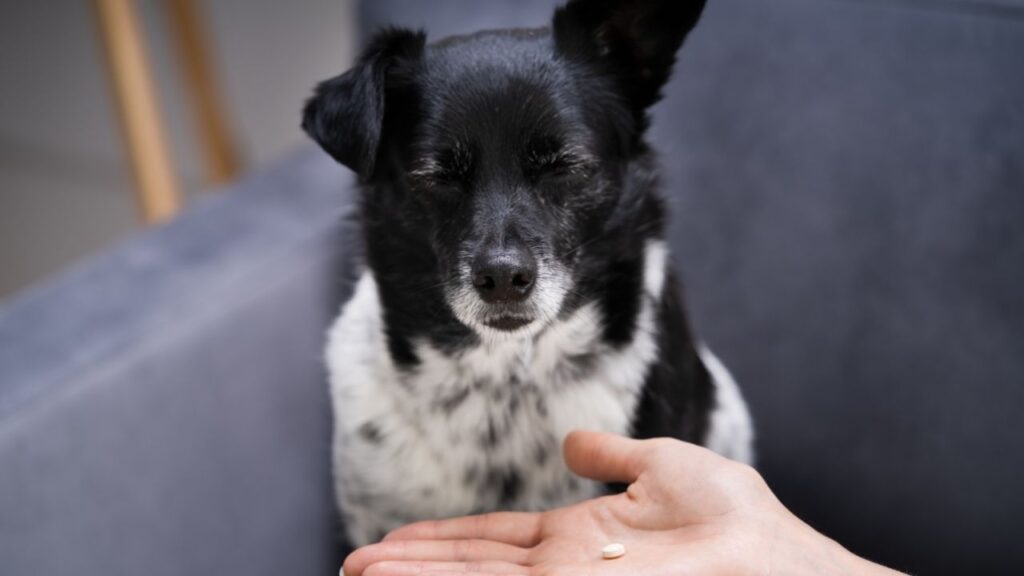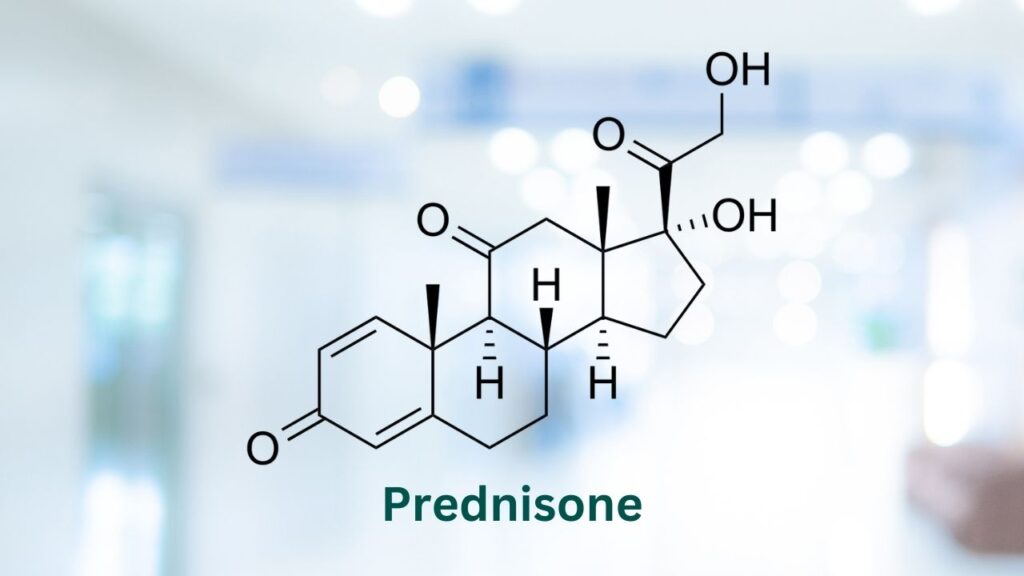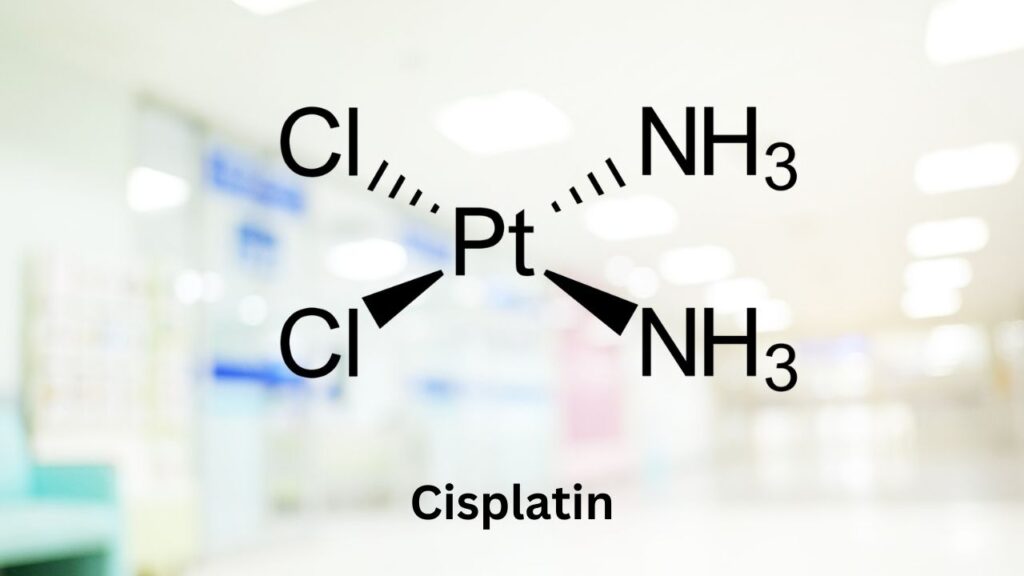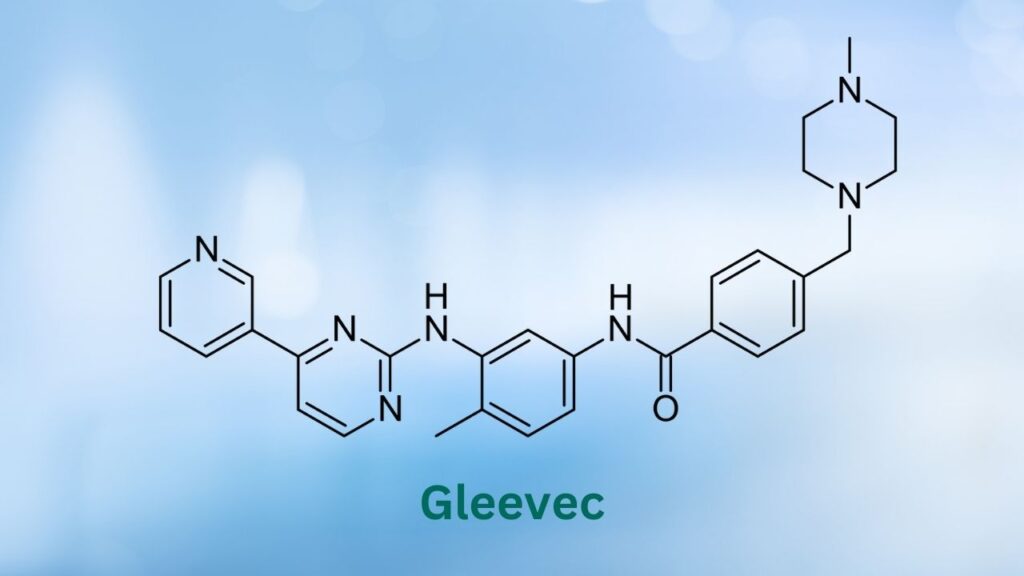Cyclophosphamide is a potent chemotherapeutic available to treat many forms of canine cancer. It has shown success in improving quality of life and life expectancy of canine patients; however, it comes with many harsh side effects.
Key Takeaways
- Cyclophosphamide is a strong chemo drug in that it can cause serious side effects.
- Side effects of cyclophosphamide in dogs include vomiting, diarrhea, nausea, fever, and bone marrow suppression.
- The most common side effect of cyclophosphamide is gastrointestinal upset.
- How long cyclophosphamide will take to work in dogs depends on your dog’s cancer type, the chemo protocol being used, and if the cancer is susceptible to it or becomes resistant.
What Is Cyclophosphamide for Dogs?
Cyclophosphamide is a nitrogen mustard.1 Nitrogen mustards are cytotoxic (cell killing) organic compounds containing a functional chloroethylamine group. These compounds were originally developed for chemical warfare but then used as the first chemotherapeutic agents to treat cancer2 — talk about a glow-up!
It is available in pill or liquid form to be given by mouth, or as an injectable solution.
Brand Names
In the United States, cyclophosphamide is sold under the trade names:1,2,8
- Metoject®
- Nordimet®
- Otrexup®
- Rasuvo®
- Trexall®
- Xatmep®
- Procytox®
- Cytoxan®
- Neosar®
There are no veterinary-approved formulations of cyclophosphamide, so its use is considered off-label when used to treat canine cancer. (This is common in veterinary medicine, as the majority of drugs are approved for use in humans before used, off-label, in animals.)
How Cyclophosphamide for Dogs Works
Cyclophosphamide is a pro-drug, which means it is activated after the drug enters the body. It is taken up by the liver, where it is converted to aldophosphamide.1
Aldophosphamide acts as an alkylating agent and binds to the guanine molecule in DNA, crosslinking two strands together to prevent replication and cell duplication. Basically, it knots up the DNA, so it can’t copy itself properly. Through this method, it can slow tumor growth.
Cyclophosphamide is particularly effective against rapidly dividing cells in the body, including cancer cells, bone marrow cells, fetal cells, hair follicle cells, and intestinal cells.3
Common Uses of Cyclophosphamide for Dogs
Cyclophosphamide is primarily used to treat cancer in dogs and is perhaps best-known for its place in the CHOP chemotherapy protocol for lymphoma.
Cancer
Cyclophosphamide is used to treat a wide variety of cancers. It has been used in humans to treat lymphoma, myeloma, leukemia, mycosis fungoides, neuroblastoma, ovarian adenocarcinoma, retinoblastoma, and breast cancers.1
In dogs, it is used to treat several cancers such as:2
Studies have shown improved survival times in dogs diagnosed with lymphoma4 and oral cancers8 when treated with cyclophosphamide. In one study, 78% of the canine mammary cancer patients treated with cyclophosphamide went into remission after their third dose.7
Cyclophosphamide is often used in combination with other medications to improve survival times.3,7 The CHOP protocol for canine lymphoma is one of the best-known. Still, cyclophosphamide is also used in various other multi-drug chemo protocols or may be combined with nonsteroidal anti-inflammatory drugs.
Cyclophosphamide is sometimes given in small, daily doses to minimize harsh side effects.3 This method is referred to as metronomic dosing or metronomic chemotherapy.
Immunosuppression
Cyclophosphamide has also been used as an immunosuppressant to treat diseases such as severe immune-mediated hemolytic anemias (IMHA).3 Cyclophosphamide does have significant side effects, so it is usually only used in cases of severe, life-threatening IMHA and given in conjunction with prednisone.
When Cyclophosphamide Might Not Be Used
Cyclophosphamide has known interactions with a large number of drugs.1 These interactions are not always a contraindication for their use with cyclophosphamide, but the combination may increase the risk of side effects, so it is important to inform all veterinarians prescribing medications of all your dog’s current prescriptions and supplements.
In some situations, the dose of the medications may be altered to decrease the risk of side effects.
There have been interactions noted between cyclophosphamide and:2,3
- Allopurinol
- Cardiotoxic drugs
- Chloramphenicol
- Dexamethasone
- Immunosuppressants
- Methimazole
- Thiazide diuretics
- Ondansetron
- Phenytoin
- Phenobarbital
- Live vaccines
- Warfarin
It is not recommended to use cyclophosphamide in patients with known allergies to it, urinary obstruction, urinary tract infections, or bone marrow dysfunction.2
It should be used with caution in dogs with liver and kidney issues, those receiving radiation therapy, and in patients who are susceptible to infections.2
Its use in pregnant animals should be avoided except as a last resort, and if used in lactating animals, milk replacer should be used to feed the puppies to protect them from exposure.2
How to Give Cyclophosphamide to Dogs
Owners can administer cyclophosphamide at home in a pill or oral liquid formula.
The injectable form is only administered in veterinary hospitals.
The dose strength and schedule can vary depending on what type of cancer your dog has, the treatment protocol you and your veterinarian are using, and how your dog tolerates the medication.
What If I Miss a Dose?
The dose and schedule of cyclophosphamide administration are very carefully prescribed. If you miss a dose, talk to your veterinarians about the best plan for moving forward. As this is a chemotherapy drug, it is better to ask for guidance than to give the missed dose whenever you remember.
Dosing schedules may change due to side effects from the medication as well.
Storage and Handling
Cyclophosphamide should be stored between 68-77°C and protected from light.
Liquid formulations can be stored in the refrigerator for up to 14 days.2
Dispose of unused medication using a community drug “take-back” program.
There are special considerations that you will need to use when handling cyclophosphamide:
- Use disposable gloves to handle the tablets or liquid and dispose of them immediately after use.
- Remember that cyclophosphamide can be found in canine patients’ saliva, vomit, urine, and feces after treatment.
- Use gloves to pick up stools or clean up urine and vomit.
- After treatment, do not allow your dog to lick your face, hands, or other body parts.
Following these steps will help to minimize your exposure to the drug.
Cyclophosphamide for Dogs Side Effects
There are several documented side effects of cyclophosphamide. Cyclophosphamide side effects in dogs include:1,3
- Bone marrow suppression
- Hair loss
- Vomiting
- Diarrhea
- Nausea
- Hemorrhagic cystitis (bleeding, inflamed bladder)
- Neutropenia (low neutrophil white blood cell count)
- Fever
Cyclophosphamide can also cause birth defects, so this medication should never be handled by someone pregnant and/or nursing.
- Cyclophosphamide. Drug bank Online. Updated February 13, 2023. Accessed February 13, 2023. https://go.drugbank.com/drugs/DB00531
- Gollakner, R. Cyclophosphamide. VCA Hospitals. Accessed February 10, 2023. https://vcahospitals.com/know-your-pet/cyclophosphamide
- Brooks, W. Cyclophosphamide. Veterinary Partners. Updated April 27,2021. Accessed February 10, 2023. https://veterinarypartner.vin.com/default.aspx?pid=19239&id=4951896
- Lori, J.C. Doxorubicin and cyclophosphamide for the treatment of canine lymphoma: a randomized, placebo-controlled study. Vet Comp Oncol. 2010 September. 8 (3): 188-196
- Musser, M. L. A retrospective evaluation of chemotherapy overdoses in dogs and cats. Frontiers in Veterinary Science. September 2021. Vol 8. Article 718967
- Suryawanshi, R. V. Assessment of efficacy and toxicity of cyclophosphamide chemotherapy in canines with malignant mammary tumor: a retrospective study. Vet Med Int. August 2021. Article 5520603
- Krick, E.L. Lymphoma in dogs & cats: Whats the latest? Today’s Veterinary Practice. Nov/Dec 2011. Accessed February 10, 2023. https://todaysveterinarypractice.com/oncology/lymphoma-in-dogs-cats-whats-the-latest/
- Milevoj, N. Metrononmic chemotherapy for palliative treatment of malignant oral tumors in dogs. Frontiers in Veterinary Science. March 31, 2022. Vol 9
Metoject® is a registered trademark of Medac Gesellschaft für klinische Spezialpräparate m.b.H
Nordimet® is a registered trademark of Nordic Group B.V.
Otrexup® is a registered trademark of Antares Pharma Inc.
Rasuvo® is a registered trademark of Medexus Pharma, Inc.
Trexall® is a registered trademark of Barr Laboratories, Inc.
Xatmep® is a registered trademark of Argentum Holdings, LLC
Procytox® is a registered trademark of Baxter International Inc.
Cytoxan® is a registered trademark of Baxter International Inc.
Neosar® is a registered trademark of Adria Laboratories Inc.
Topics
Did You Find This Helpful? Share It with Your Pack!
Use the buttons to share what you learned on social media, download a PDF, print this out, or email it to your veterinarian.






